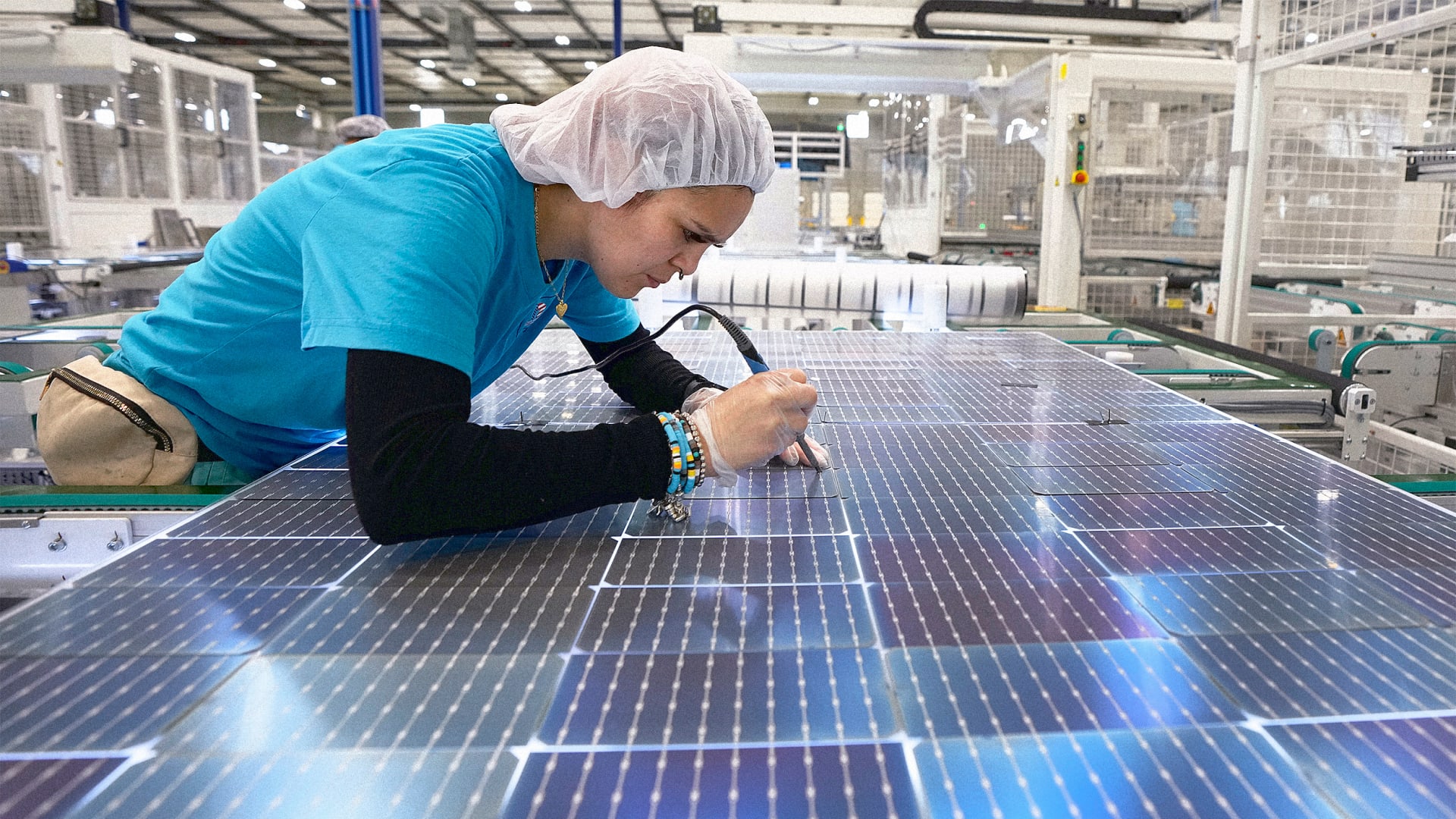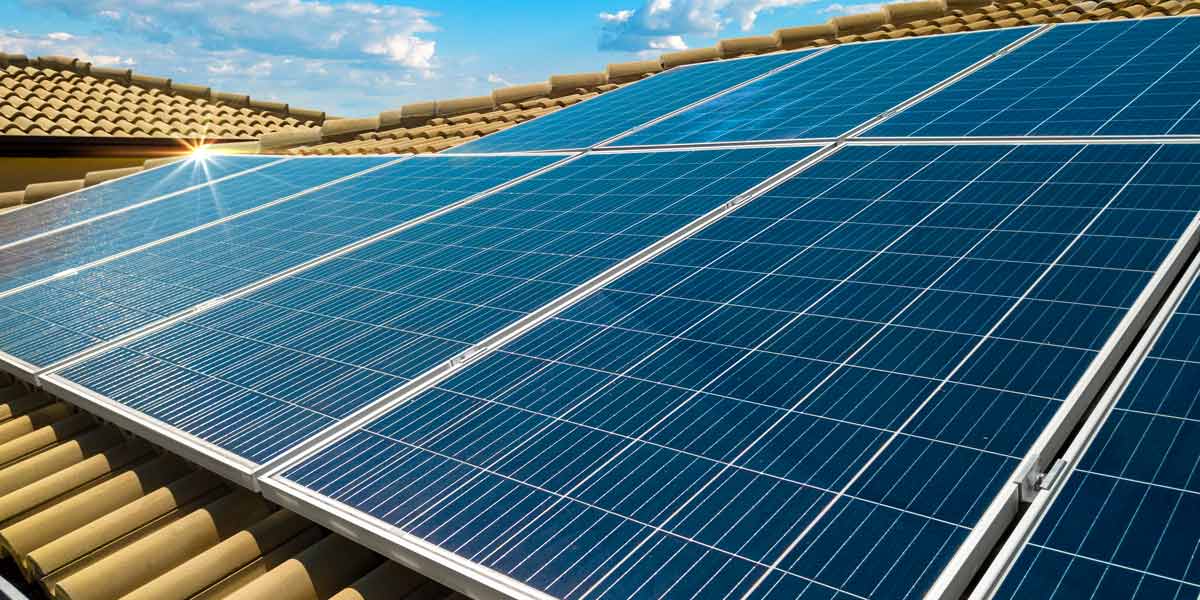Some Known Factual Statements About Residential Solar Panels Virginia
Solar Power Systems Virginia: Lumina Solar Focuses On Supplying Advanced Photovoltaic Solutions For Houses And Companies
History and Founding
Have you ever questioned how a solar panel company springs from a simple stimulate of motivation into a powerhouse of renewable resource? It typically begins with a vision-- one fueled by a blend of development, determination, and a pinch of serendipity. The journey of numerous solar companies mirrors the advancement of the innovation itself: from large, inefficient panels to streamlined, high-efficiency marvels utilizing the sun's bounty.
The Early Days
In the late 20th century, when solar energy was still a specific niche principle, pioneers planted seeds for what would become a global motion. Picture a little workshop filled with curious engineers, tirelessly experimenting with photovoltaic cells. Their passion was palpable, often driven by a desire to combat environment modification and lower reliance on fossil fuels.
One such anecdote is about a creator who, inspired by a camping journey, realized that even in remote areas, the sun could power important devices. This basic observation triggered a business's objective to equalize access to clean energy.
Establishing Principles

- Development: Continually pressing the boundaries of solar technology to improve performance and sturdiness.
- Sustainability: Committing to environmentally friendly manufacturing and reducing carbon footprints.
- Accessibility: Making renewable resource services budget-friendly and useful for daily users.
Milestones in Development
| Year | Secret Event |
|---|---|
| 1985 | Company established in a small garage, focusing on research study and advancement. |
| 1995 | Commercial solar panel item launched, getting local attention. |
| 2005 | Broadened to worldwide markets, embracing global sustainable energy goals. |
| 2015 | Presented innovative solar panel technology with boosted energy conversion. |
Isn't it fascinating how these incremental steps, often overlooked, shape the energy landscape today? The solar panel business story is not practically technology; it has to do with a relentless mission for a brighter, cleaner future.

Developments in Photovoltaic Panel Technologies
Ever noticed how some solar panels gleam brighter and last longer? It's not magic; it's the science of photovoltaic effectiveness. Modern photovoltaic panel companies invest heavily in technologies like bifacial cells, which capture sunshine from both sides, improving energy harvest without broadening roofing system area. Have you ever questioned why some panels perform much better on cloudy days? That's due to advances in thin-film solar technology, which thrives under diffused light conditions.
Item Variations Customized to Distinct Requirements
One size never ever fits all. Photovoltaic panel suppliers now provide:
- Monocrystalline panels for optimum performance and sleek aesthetics, perfect for space-constrained roofs.
- Polycrystalline panels, which offer an economical alternative without compromising too much output.
- Building-integrated photovoltaics (BIPV), merging solar tech effortlessly into architectural elements like windows and facades.
Selecting the ideal item isn't practically upfront cost; it's about matching your environment, energy objectives, and long-term cost savings. For example, homes shaded by trees require panels that master low-light scenarios, something lots of ignore till energy costs climb up all of a sudden.
Technical Tips for Optimal Selection
- Evaluate the temperature coefficient-- lower worths indicate panels lose less performance on hot days.
- Look for panels with boosted anti-reflective coverings to take full advantage of light absorption.
- Consider the panel's guarantee not just for flaws, however for ensured power output over decades.
- Don't underestimate the value of the inverter innovation matched with the panels; it can make or break your system's performance.
Beyond Panels: Emerging Trends
Imagine photovoltaic panels that adjust their angle automatically to go after the sun-- tracking systems are becoming more available, increasing yield significantly. Or solar tiles that blend invisibly into your roofline, transforming your home into a quiet, self-sufficient power generator. These developments are improving what a solar panel business provides-- not simply items, but incorporated energy solutions.
Market Presence and Global Operations
Ever question why some solar panel business seem to sprout up in every corner of the globe while others barely make a ripple? The distinction lies not simply in technology however in mastering the art of navigating diverse read more markets. Expanding worldwide resembles planting seeds in different climates-- you need to comprehend each environment's distinct conditions to flourish.
Take, for example, the detailed dance of logistics and supply chain management. Shipping panels halfway across the world isn't practically range; it has to do with timing, custom-mades, tariffs, and adjusting to local need variations. A business with robust worldwide operations expects these variables, making sure panels get here on schedule without pumping up expenses. This foresight is no little task and typically separates industry leaders from followers.
Key Methods for Expanding Market Presence
- Localized production: Establishing production hubs near target audience decreases shipping delays and import intricacies.
- Strategic collaborations: Teaming up with regional firms speeds up market penetration and builds trust.
- Adaptive product design: Tailoring photovoltaic panel tech to weather, sun intensity, and infrastructure subtleties boosts performance and approval.
What about the human factor? Solar panel business running worldwide should reconcile cultural distinctions and regulatory nuances without losing sight of their core mission. What works in a sun-drenched desert might fail in a damp coastal area. In some cases, the most innovative solution is just listening-- taking in regional insights to improve innovation and approach.
Specialists often encourage a phased rollout rather than a shotgun growth. Why run the risk of overextension when determined development constructs sustainable momentum? Scaling sensibly suggests balancing aspiration with functional durability - Solar Panel Company Virginia. After all, in the race for sustainable energy dominance, persistence can be as important as speed
Environmental Impact and Sustainability Practices
When solar panels first emerged, many assumed they carried zero ecological luggage. The reality is more nuanced. The production of photovoltaic cells includes uncommon earth metals and energy-intensive procedures, which can leave a large carbon footprint before the panels even reach rooftops. The true environmental expense depends heavily on the sustainability practices employed by the photovoltaic panel business throughout the lifecycle of their items.
How often do we stop briefly to consider what happens to solar panels at the end of their helpful life? Unlike batteries or electronic devices, photovoltaic panels can last 25-30 years, however disposal and recycling pathways stay underdeveloped in lots of areas. A company dedicated to minimizing ecological damage will have a robust prepare for recycling photovoltaic products, salvaging important silicon, glass, and metals to prevent landfill build-up.
Key Sustainability Strategies
- Making use of low-impact production methods that decrease water and energy consumption.
- Executing closed-loop systems to recycle production waste back into brand-new panels.
- Taking part in transparent supply chain audits to guarantee ethical sourcing of basic materials.
- Designing panels for much easier disassembly to help future recycling efforts.
It's worth noting that some solar business have actually pioneered innovative techniques, such as incorporating biodegradable elements or using less toxic chemicals throughout fabrication. This not just minimizes ecological stress but likewise sets a precedent for the market. The question stays: can the solar market genuinely pivot towards a circular economy design without compromising efficiency or affordability?
Professional Tips for Evaluating Sustainability
- Ask about the business's commitment to carbon-neutral production and whether they balance out emissions.
- Investigate if they partner with licensed recycling centers committed to photovoltaic panel waste.
- Look for transparency reports detailing environmental impacts and sustainability goals.
- Think about the durability and guarantee of panels as an indirect procedure of resource efficiency.
In the end, choosing solar power needs to suggest more than simply slashing electrical energy expenses; it has to do with supporting a future where energy is collected properly and waste is thoughtfully handled. Photovoltaic panel companies that accept this approach not only light up homes however also cast a brighter light on sustainable development.